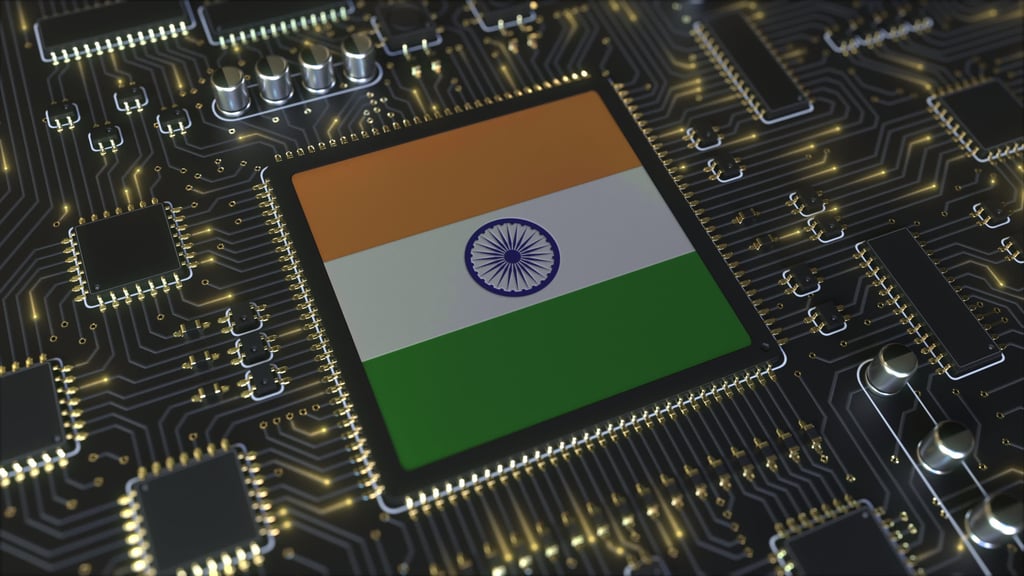Can Modi’s US$15.2 billion chip bet turn India into a semiconductor powerhouse?
- India is hoping massive subsidies can help it establish a self-reliant semiconductor ecosystem, but experts say it must overcome big hurdles

Modi’s government approved US$15.2 billion worth of investments in domestic semiconductor fabrication plants in February, including a proposal by local conglomerate Tata Group to build the country’s first ever major chip-making facility. It will be set up in Modi’s home state of Gujarat and is set to churn out 50,000 wafers per month by the end of 2026.
The investment also includes assembly units and a packaging plant that will be developed in conjunction with companies from Japan, Taiwan and Thailand.
Tata Group said it aims to propel India’s semiconductor industry to US $110 billion by 2030, targeting 10 per cent of global demand.
At the forefront of India’s semiconductor ambitions is India’s minister of electronics and information technology, Ashwini Vaishnaw, who said these investments were part of Modi’s efforts to “make India a big manufacturing hub and self-sufficient in some sectors”.

Vaishnaw also oversaw a US$2.75 billion deal with US semiconductor company Micron Technology, which broke ground in September on a factory that is set to produce India’s first domestically manufactured microchips by the beginning of 2025.
